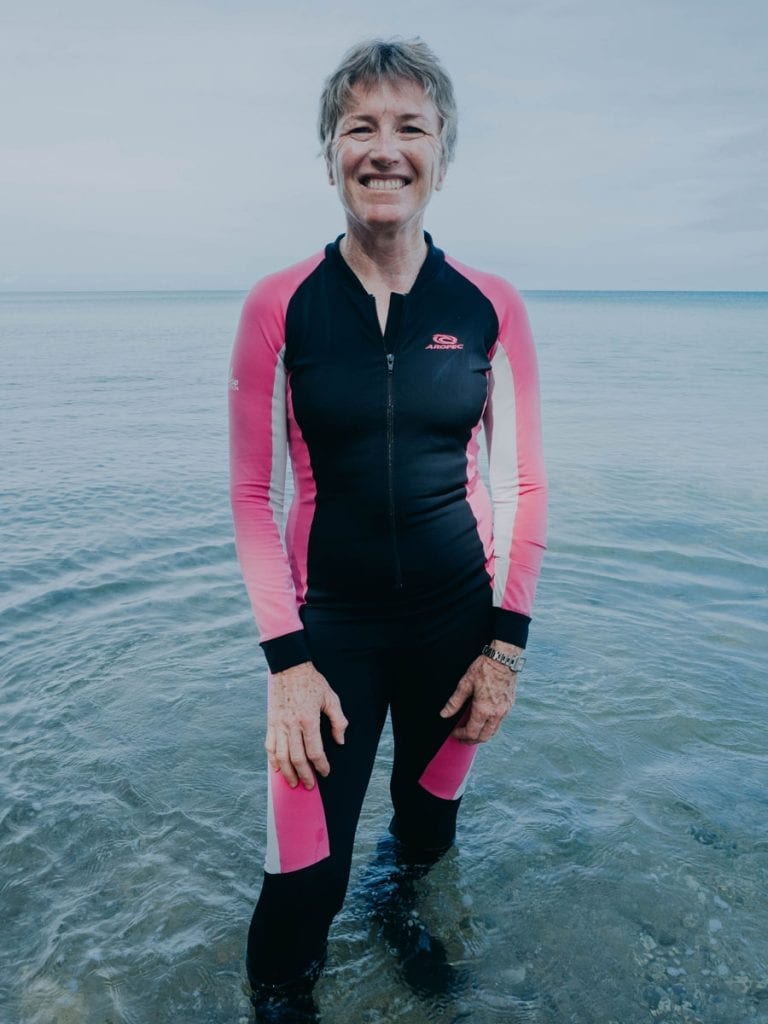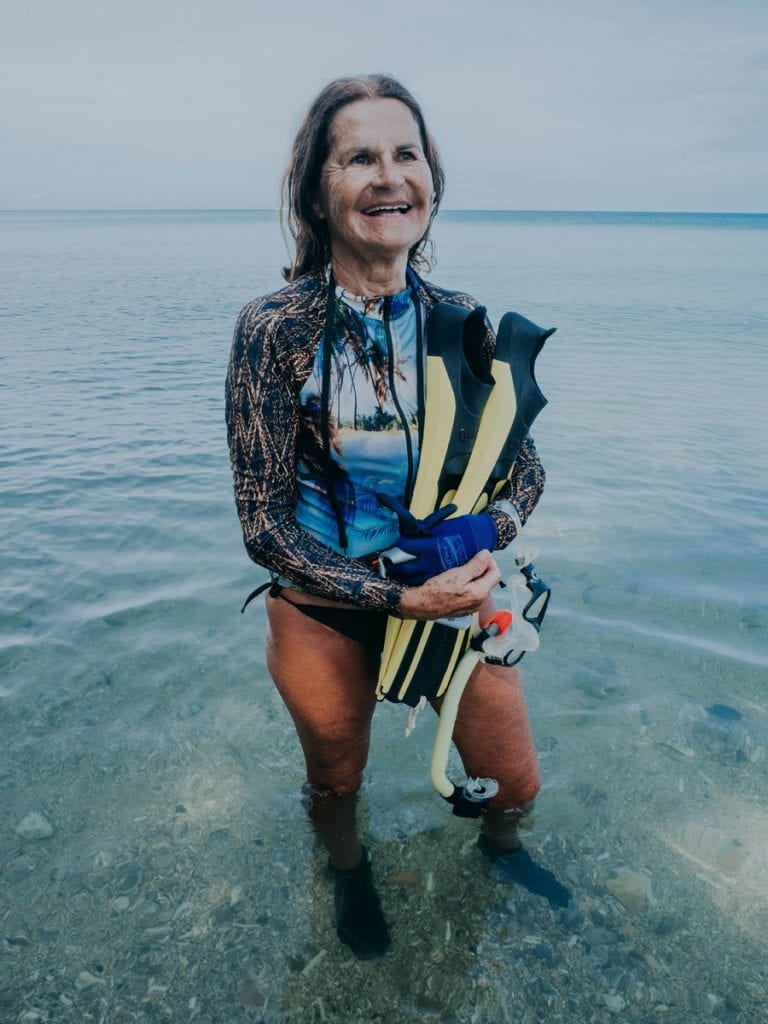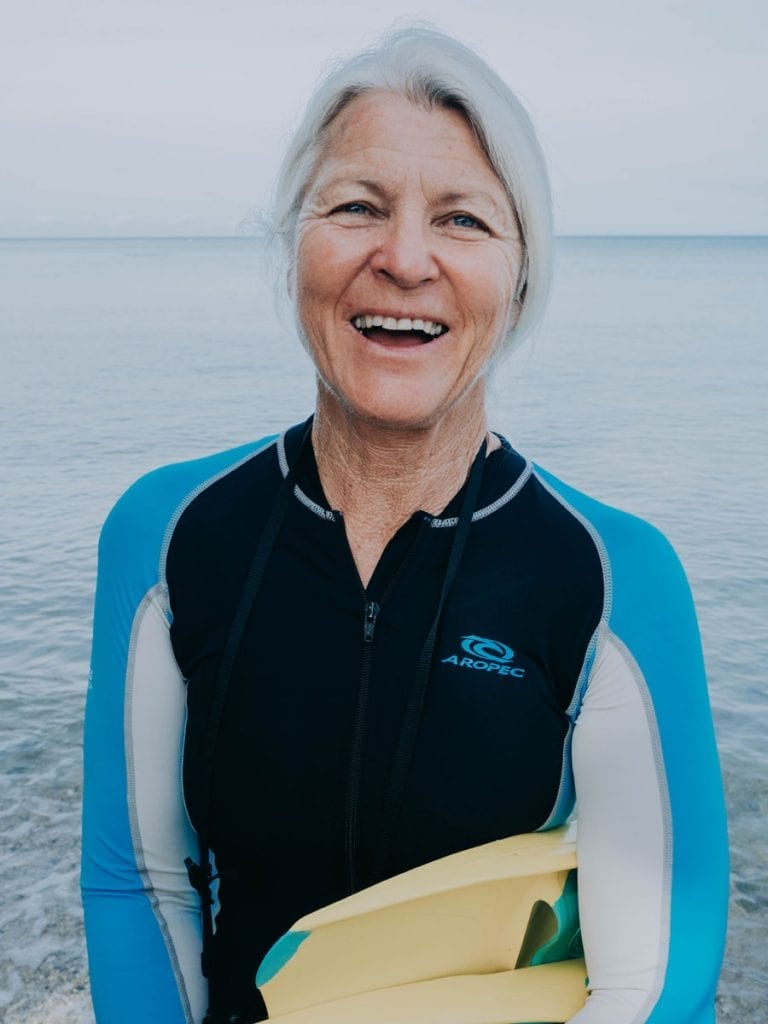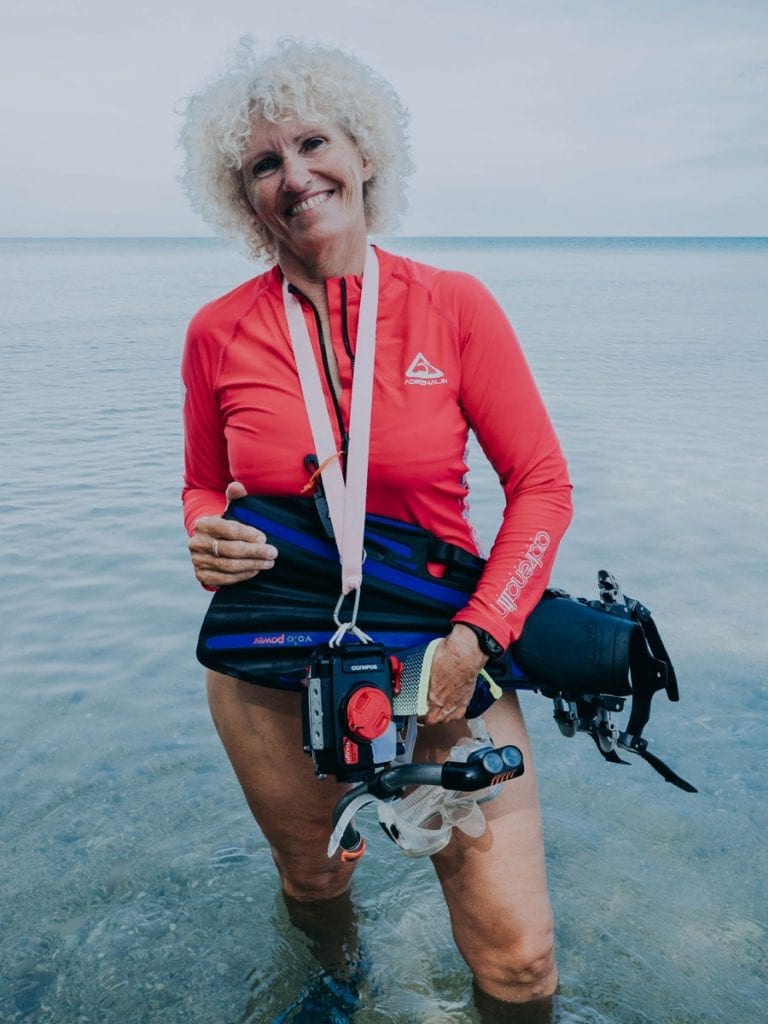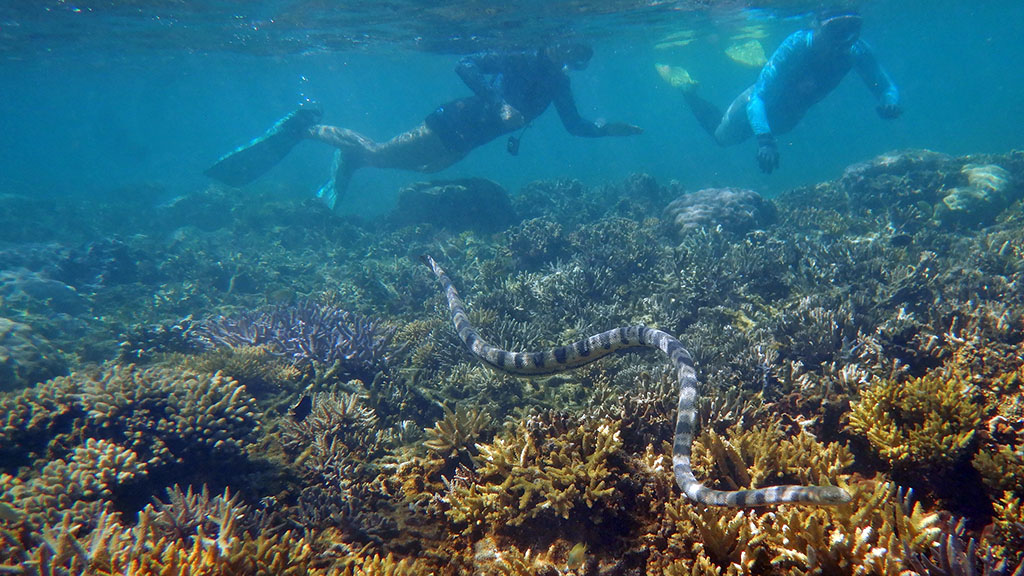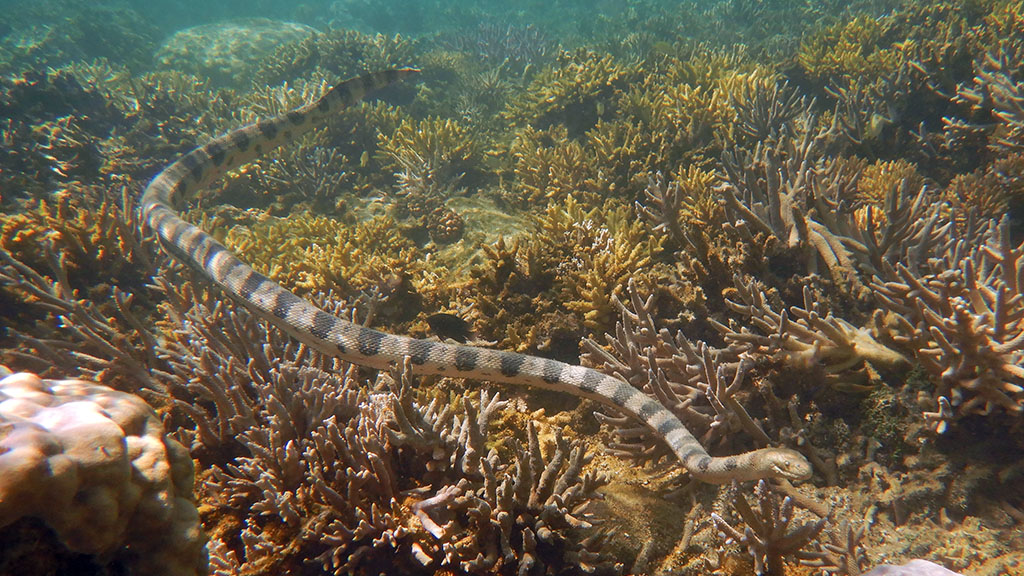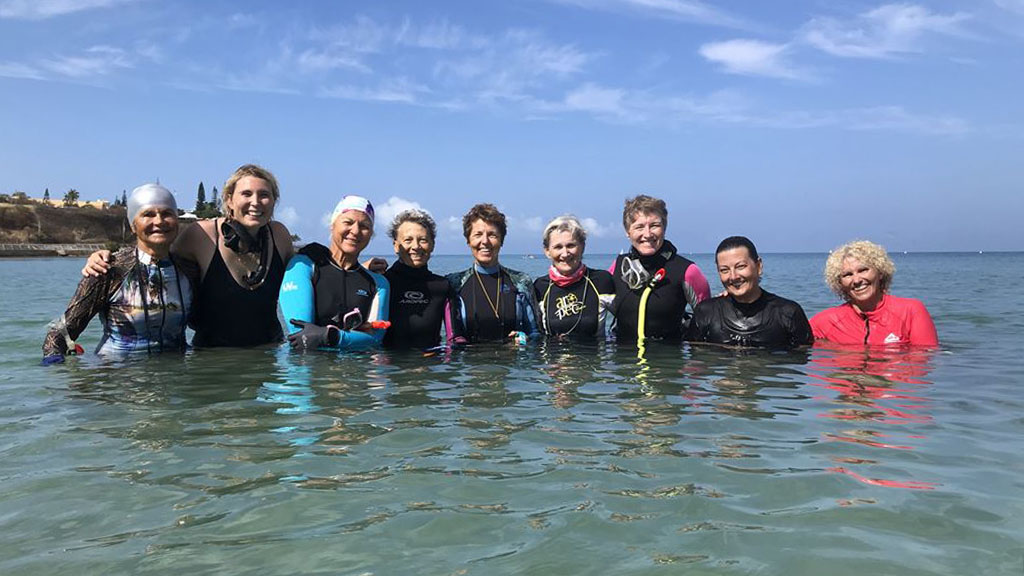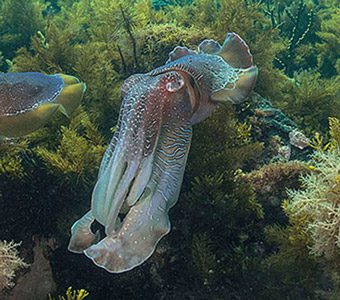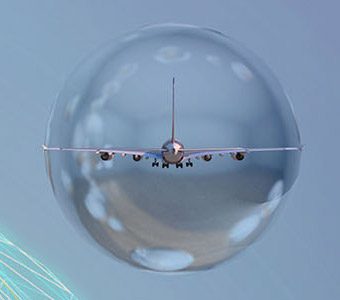In the picturesque seaside location of Baie des Citron (Lemon Bay) in Noumea, a group of retirees has enabled marine biologists to uncover a whole new understanding of the bay’s sea snake population.
The group of women, in their 60s and 70s, came together with a shared love of snorkeling, and every day they swim up to 3 km, cameras in hand, to help identify and record the sea snakes found along the way. We joined them for a snorkel on a recent dive trip to New Caledonia, for this exclusive interview with the marine biologist leading the research project, Dr. Clair Goiran.
Goiran, a marine biologist at the University of New Caledonia, was initially a coral specialist and switched her studies to sea snakes after meeting Rick Shine from Sydney University who came to New Caledonia to study sea snakes in 2002.
“It was much more fun than studying coral, so I started studying sea snakes as my main subject.”
“Lemon Bay is a very good place for studying sea snakes because there are lots here and it helps us understand how they react to the urbanization of the reef. You see, it’s in town, so it’s a reef that is transformed by human influence, by pollution, by every action we take. So, it’s interesting for us to understand how the snakes have responded to the changing environment.”
Is there a particular species that is of interest?
“There are eight different species of sea snakes in this Bay, but we study only two. The first one is the turtle-headed sea snake, which is a little black one you would have seen while diving here. This one is not venomous, and we have been studying it for 15 years. This is the longest study of any sea snake population because it’s very convenient, very easy to access.
“And then, we started studying another much larger venomous species, hydrophis major or ‘greater sea snake’. Initially thought to be found here in very small numbers, the study’s first objective was to determine the population size. These snakes have unique markings on the side of the body, so we take photos of each hydrophis major for photo identification. For this we need lots of information, lots of people in the water taking photos.”
And this is where the Grannies come in – many hands making lighter work of the project. With the Grannies’ help, Goiran has discovered that there were a lot more snakes in this small bay than originally thought.
The team learned quickly how to identify each of Noumea’s eight species, and can also identify (and have named) individual snakes, using the unique markings on the sides of their bodies just behind the head.
“When I was shooting the turtle-headed sea snake on my own, I used to see one greater sea snake a month. Now with the Grannies’ help, we’ve identified 257 different individuals, so the population was completely underestimated. The snakes are very discreet, you can swim by them and if they are maybe three metres away you won’t notice they are there. It’s wonderful to have volunteers to help us and to now know that the population of snakes is doing so well.
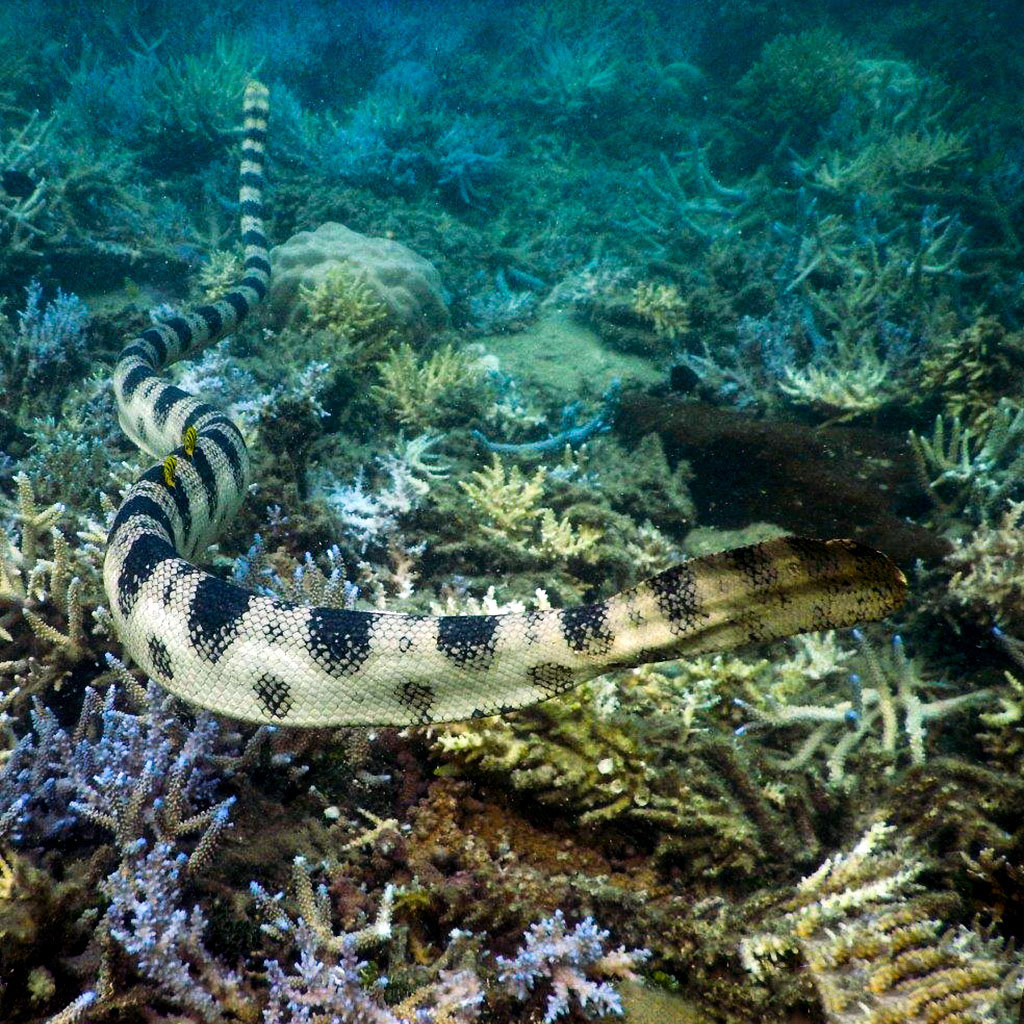
So, how did this group of ‘Fantastic Grannies’ get together? The group grew organically, with little to no recruitment – just a shared love of the local marine environment.
The first to join the project, a friend of Claire Goiran’s, was snorkeling and taking photos for the sheer love of it and as she knew her friend was interested in sea snakes, so started emailing her photos whenever she spotted one.
Another volunteer was swimming on her own and she saw this group of ladies having fun so asked if she could join the group. Not all of them knew each other before, getting to know each other while working on this project.
“Now, there is a strong friendship between the group. It’s much more fun to work this way.”
The team started surveying sea snakes in 2017, and plan to keep going as long as they are useful. At first, the volunteers were afraid of the sea snakes, but have come to understand that they are not dangerous and eager to let others know this.
